Rybnik
8.08
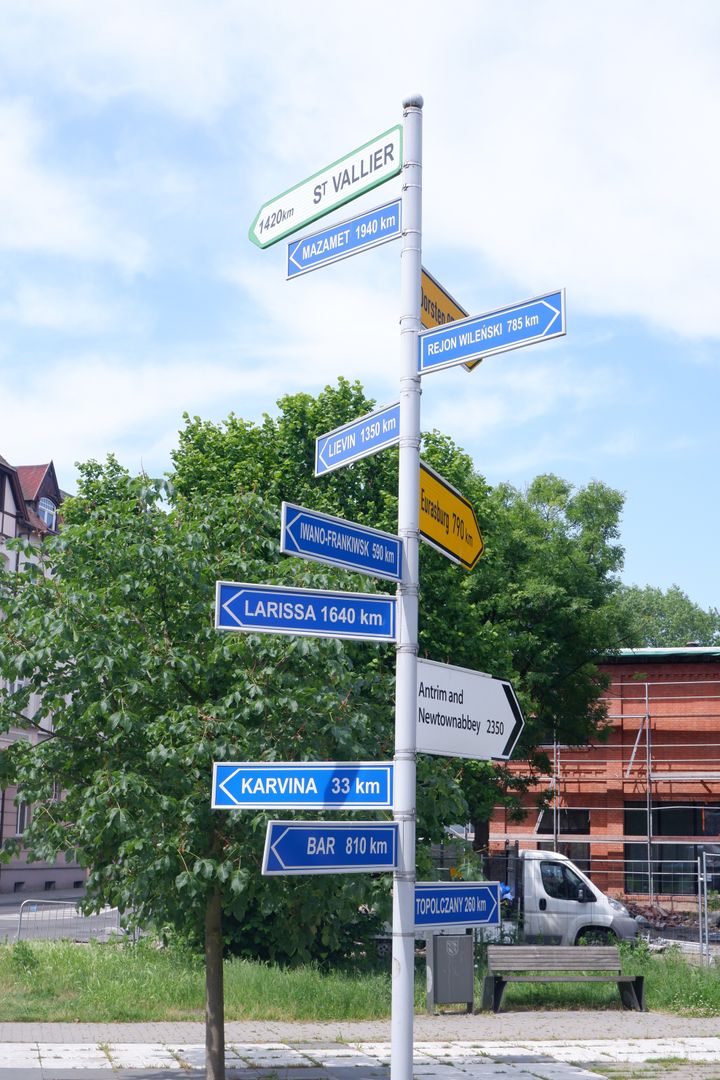
Overview
Rybnik, a city with county rights in the Silesian Voivodeship, boasts a long and rich history dating back to the 13th century. Its name derives from the Old Polish word "rybnik," which refers to the fish breeding ponds that once surrounded the city. The earliest mention of Rybnik dates to 1223, and its transformation from a village to a city took place at the turn of the 13th and 14th centuries. Over the centuries, Rybnik underwent numerous administrative changes, incorporating surrounding localities, which influenced its development and urban character, including its architecture. The city features diverse building structures, dominated by low-rise buildings and single-family homes. The tallest structure is the Basilica of St. Anthony, which is the highest church in Upper Silesia. Rybnik is home to a number of historic monuments, such as the Baroque Church of Our Lady of Sorrows, the Neoclassical town hall, and the modernist Teatr Ziemi Rybnickiej (Rybnik Land Theatre). The city's cultural life is highly developed, with various institutions including a theatre, cultural centers, and a museum, all playing a significant role in the cultural lives of its residents. Rybnik is also known for numerous artistic events, such as the Rybnik Cabaret Autumn and the Rybnik Days of Literature. Sports are very important to the local community, with many clubs and associations, and speedway and football enjoying particular popularity. Interestingly, in 2016, residents of Rybnik began declaring Silesian nationality, indicating a growing regional identity. The city also boasts rich natural resources, including extensive urban greenery, parks, and nature reserves, making it an attractive place to live. Rybnik's history is closely tied to industry, especially coal mining, and the political changes after 1989 impacted its economy, leading to the decline of some industrial plants. Rybnik is a dynamic city that blends tradition with modernity while preserving its unique cultural and historical features.
Location
You can also find here:
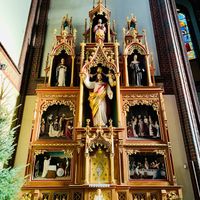
St. Anthony's Basilica in Rybnik
8.07
Rybnik

Church of Our Lady of Sorrows in Rybnik
6.83
Rybnik
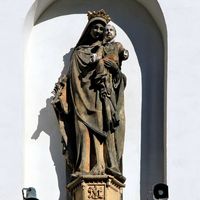
Academic Church of the Assumption of the Blessed Virgin Mary in Rybnik
6.77
Rybnik
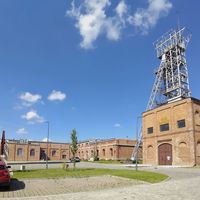
Historic Mine "Ignacy"
6.71
Rybnik

St. Catherine's and Our Lady of the Rosary Church in Rybnik
6.64
Rybnik
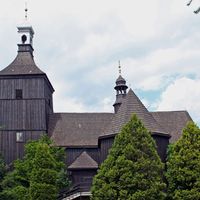
St. Lawrence Church in Rybnik
6.58
Rybnik
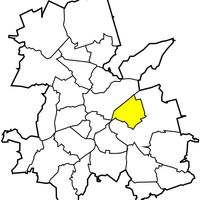
Paruszowiec-Piaski
6.35
Rybnik
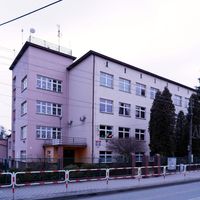
Stare Boguszowice
6.18
Rybnik

Rybnik Castle
6.03
Rybnik
2025 Wizytor | All Rights Reserved